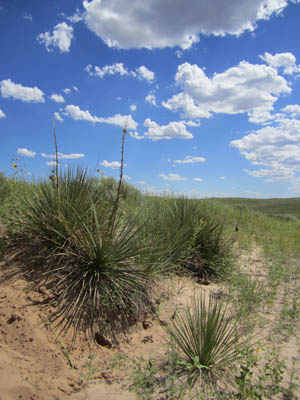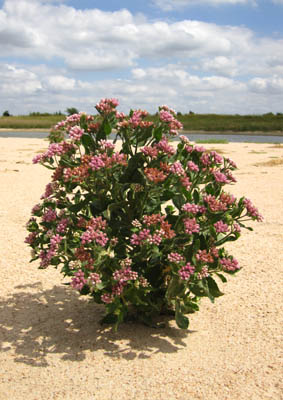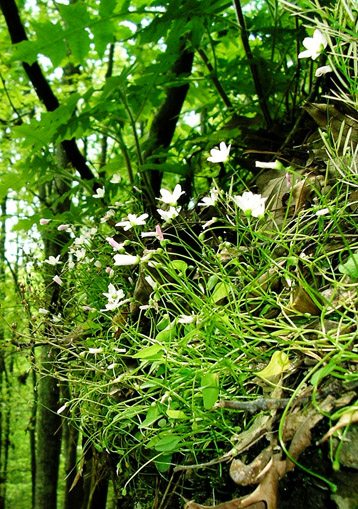
Currently about 1 in 5 plant species is threatened with extinction as a result of human transformation and use of land, and rapid climate change driven by human activities only promises to exacerbate the situation. Scientists at the Missouri Botanical Garden are at the forefront of conservation-oriented research that seeks to understand and predict how plants will respond to the impacts of a changing climate. Their work encompasses understanding the ways in which contemporary climate affects plants, predicting the responses of plants to future climate change, and implementing conservation actions to help vulnerable species adapt to changing climatic conditions. This research occurs at local to global scales.
Understanding the effects of climate change on plants: Garden scientists are working to understand how plants have already reacted to contemporary climate change. In the Himalaya, researchers from the Garden are exploring how plants used for traditional medicine and livelihoods are shifting distributions in response to climate. Closer to home, researchers are using historical records of flowering time from the Garden's Shaw Nature Reserve, a protected area in the Ozark Border southwest of St. Louis, to detect shifts in flowering phenology as the growing season lengthens. Warmer temperatures also mean that seeds requiring cold stratification to break dormancy may not experience the low temperatures they need to germinate. Together, these lines of research suggest that plant communities will experience dramatic changes in the next few decades.

Predicting plants’ responses to climate change: Scientists at the Garden apply their understanding of plants’ responses to contemporary climate change to predict future responses to anticipated change. Garden researchers are using models to forecast changes in diversity in many parts of the world, such as the Eastern Arc Mountains biodiversity hotspot in Africa and the North American Central Highlands. The Garden also conducts an active horticultural climate research program to test whether warm-adapted species that previously could not have survived winters in St. Louis can now thrive here. Researchers associated with the Garden also take advantage of the urban heat island effect provided by the city to contrast the performance of economically important plants in the city and at Shaw Nature Reserve, where temperatures are several degrees cooler. In summary, this research suggests that plant communities will be greatly reorganized, and that many species already under threat will face increasing threats to their survival.

Taking conservation action: Researchers at the Garden are engaged in conservation projects to assist species’ ability to adapt in a rapidly changing climate. The Garden maintains seed bank programs specifically for threatened and endangered species and the general goal of preserving 75% of regional species. Garden researchers are also developing a global network among botanical gardens to serve as “stepping stones” in assisting species’ dispersal to climates that become newly favorable. The Garden also carries out ecological restoration and preservation programs in several countries since robust plant communities are more resilient to withstand anticipated climate change. At home and abroad, the Garden strives to set an example of sound science and sustainability to help preserve plant life and the natural and human communities that depend on it.